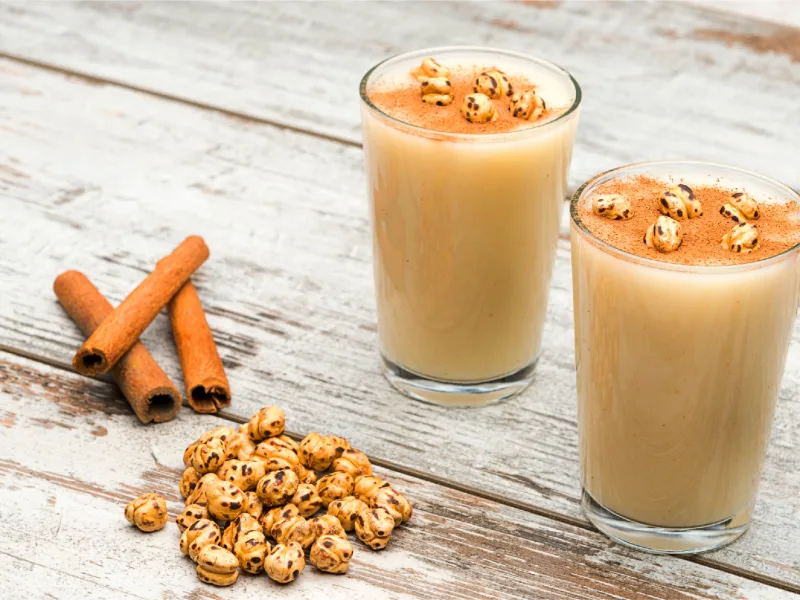Just hearing the names salep and boza is enough to stir up warm waves of nostalgia in many hearts. But these aren’t just sentimental relics of the past, they are timeless beverages packed with health benefits, rich in flavor, and perfect for warming the body and soul on cold winter days. Let’s explore these traditional winter drinks of Turkish culture in 8 essential points, with a bit of historical and cultural context.
Salep: Not Just a Drink, but a Tradition
Salep or Sahlep?
While sahlep is a common pronunciation derived from Arabic, the correct Turkish form is salep. This unique beverage is made from the dried and powdered tuberous roots of wild orchids, primarily from the Orchis species. These orchids are not cultivated; they grow naturally, making the ingredient both rare and precious.
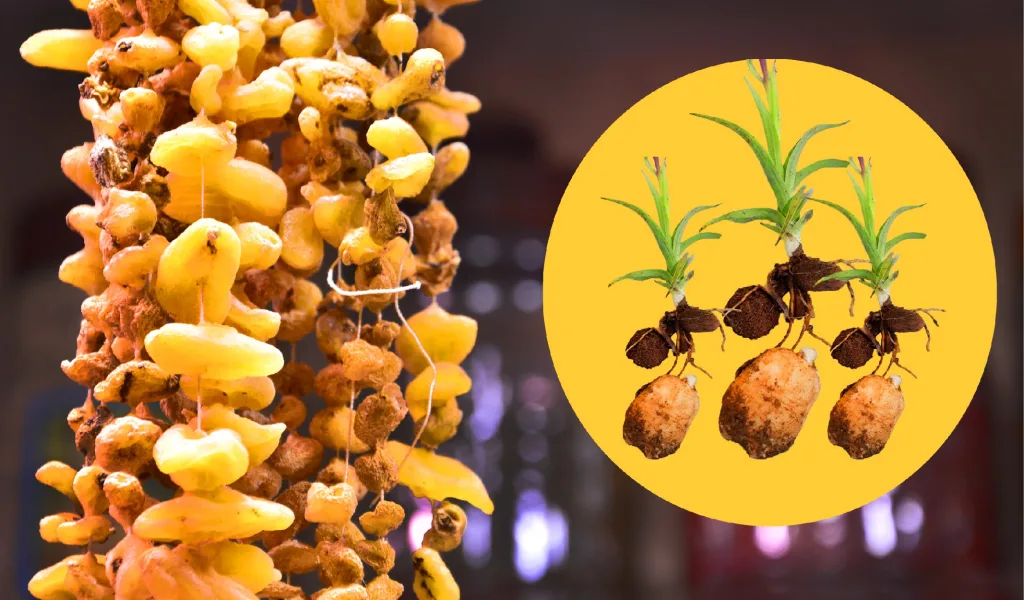
How Is Salep Made?
Traditional preparation starts with slowly heating milk in a deep pot. Separately, pure powdered salep is mixed with sugar. This mixture is gradually added to the warm milk while stirring continuously to prevent clumping. As the liquid thickens and froth forms on top, your salep is ready to serve.
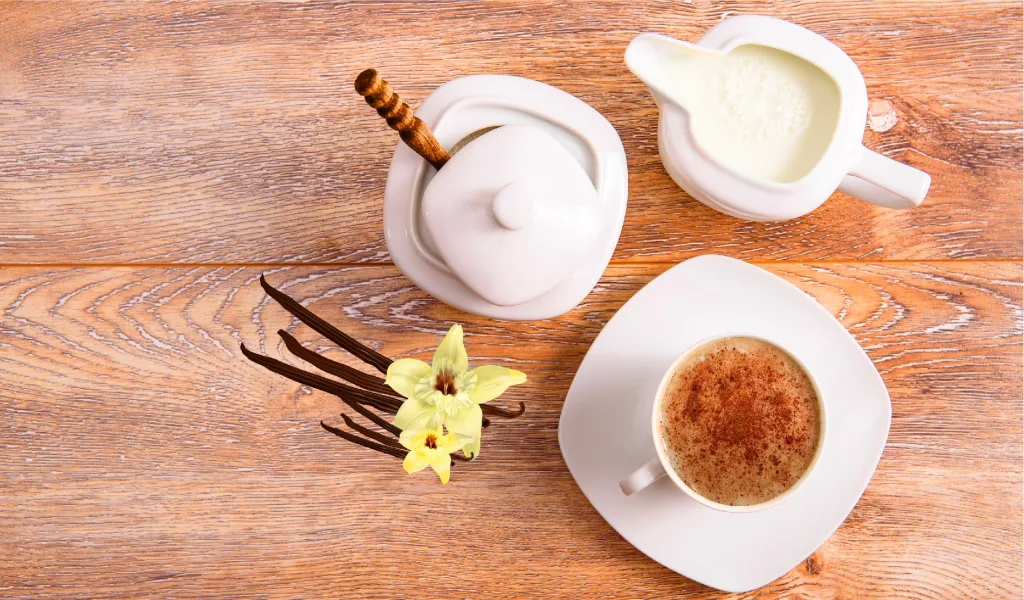
A Taste of History
Salep was extremely popular in the Ottoman Empire and was even enjoyed in Europe (especially in England) before coffee became widely accessible. Known for its rich consistency and comforting warmth, it was a beloved winter staple in tea houses and homes alike.

Beware of Store-Bought Imitations
Most of the packaged “salep” drinks available in modern markets contain only trace amounts of the actual ingredient, if any at all. Whether homemade or store-bought, don’t forget that the perfect companion to a steaming cup of salep is a dusting of ground cinnamon, or a cinnamon stick for a more aesthetic touch.
Boza – The Ancient Fermented Elixir
One of the Oldest Beverages of the Turks
Boza is a thick, slightly tangy fermented drink made from millet semolina, water, and sugar. It’s one of the most ancient Turkish drinks, consumed for centuries across Central Asia and the Balkans.
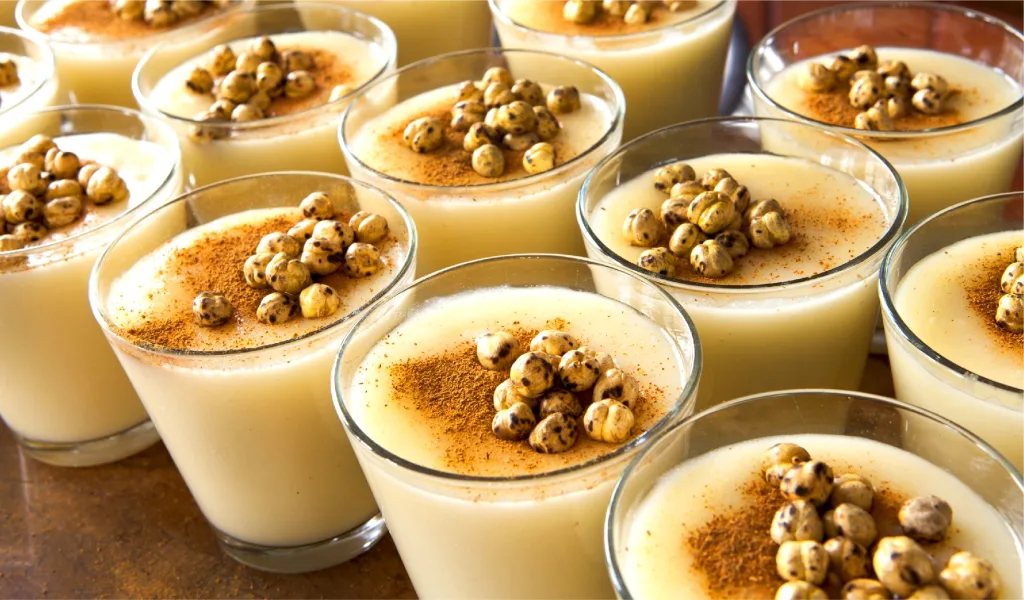
Drink It Fresh!
Due to its natural fermentation, boza has a short shelf life, usually just a few days. It’s best enjoyed soon after it’s made, while the flavor is still fresh and the texture thick and smooth.
A Nutritional Powerhouse
Boza is rich in carbohydrates, lactic acid, and B vitamins. It aids digestion, protects the stomach, and can serve as a satisfying, energizing snack between meals. It’s particularly good for strengthening the immune system during the cold season.
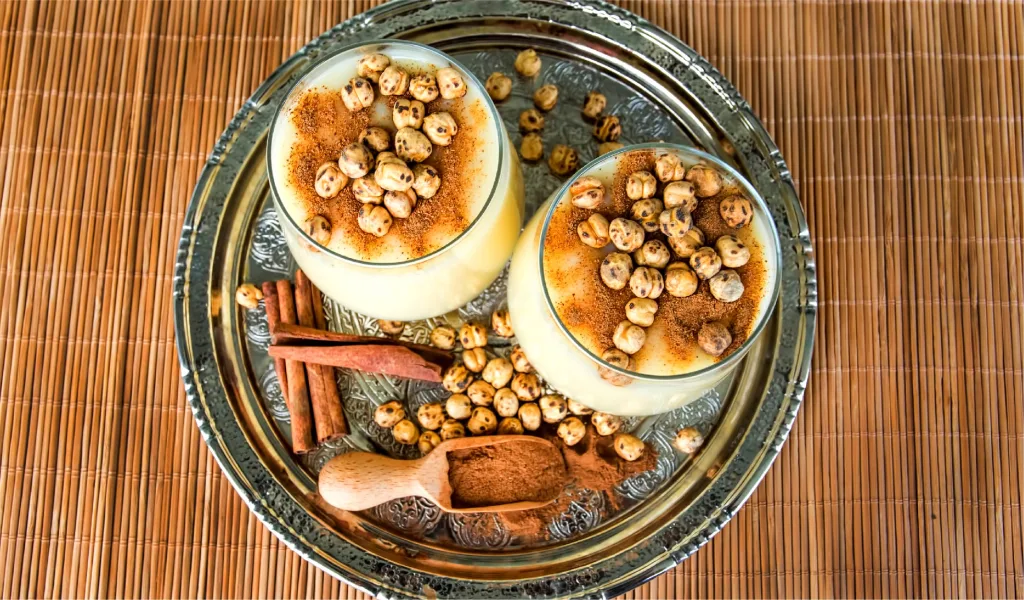
A Street Call That Echoes Through Time
Not long ago, hearing a street vendor call out “Booozaa!” in the evening was a familiar sound in Turkish neighborhoods. Families would rush to their windows or doors to get their share. Although that tradition has faded in many places, you can still find dedicated boza shops(particularly in Istanbul’s historic districts) offering this iconic drink in glass bottles.
How Is It Served?
The ideal serving of boza is thick and slightly tart, traditionally poured into a glass and topped with roasted yellow chickpeas (leblebi) and a sprinkle of cinnamon, both for added texture and flavor.

Salep and boza are not just drinks, they are carriers of cultural memory, health benefits, and winter comfort. While they differ in taste, texture, and preparation, both hold a cherished place in Turkish culinary heritage. Whether you’re warming your hands around a mug of creamy salep or sipping tangy boza on a chilly evening, you’re partaking in a tradition that spans centuries.
Where to Taste Authentic Boza in Istanbul
Vefa Bozacısı (Vefa District, Fatih)
- Established in 1876, this is the most historic and iconic boza shop in Istanbul, still run by the founders’ descendants.
- Famous for its thick, creamy boza, traditionally made from fermented bulgur (or millet) mixed with water and sugar, served with a sprinkle of cinnamon and roasted chickpeas (leblebi).
- Step inside and soak in the nostalgia: mirrored walls, marble‑topped antique bar, and even the cup that Atatürk used, on display.
- Open year-round and served daily from morning till late evening.
This is the definitive experience for boza lovers, local, historic, and unrivaled in Istanbul.
Where to Enjoy Genuine Salep in Istanbul
Ali Usta (Moda, Kadıköy)
Located on Moda Caddesi in the chic Kadıköy district, Ali Usta’s salep is known for a silky-smooth texture that stands out even among traditional vendors. The consistency and purity make it a favorite in Istanbul’s modern neighborhoods.
Kâdem Sahlepçilik (Eminönü / near Spice Bazaar)
Situated off Balkapan Sokak in Eminönü, near the historic Spice Bazaar, Kâdem Sahlepçilik offers a nostalgic salep‑making tradition using samovars, with a focus on genuine ingredients and aroma, an ideal stop for rich winter warmth.
While around, you can enjoy other street foods available!

